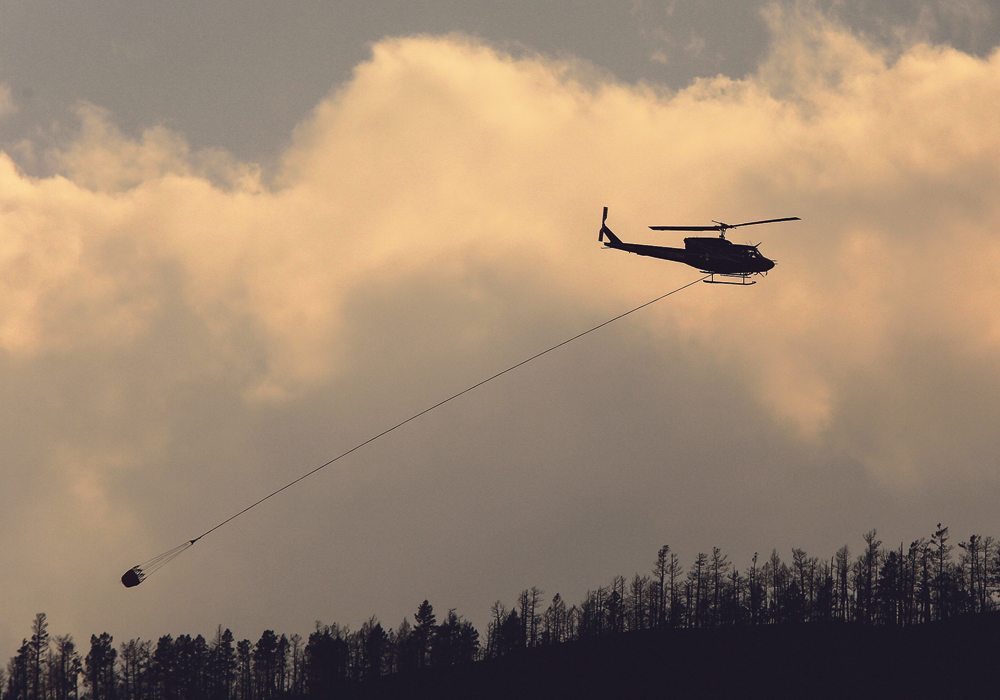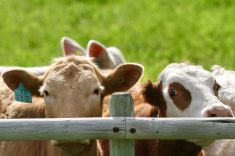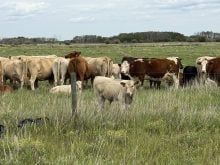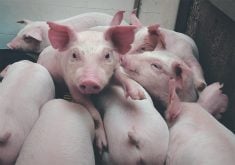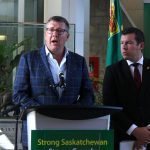More than three million acres of land were affected during widespread fires from April to November last year
Grazing will be delayed on the burned-out rangelands of British Columbia following the worst wildfire season in the province’s history.
“It is generally a rule in range management with delayed turnout of livestock to allow for recovery and strengthening of grass vigour,” said Perry Grilz, director of range within the Ministry of Forests, Lands, Natural Resource Operations and Rural Development.
More than three million acres of land were affected during widespread fires from April to November last year.
The hard hit Chilcotin region received about 200 percent of average snowfall this winter and that moisture could help range recovery.
Read Also
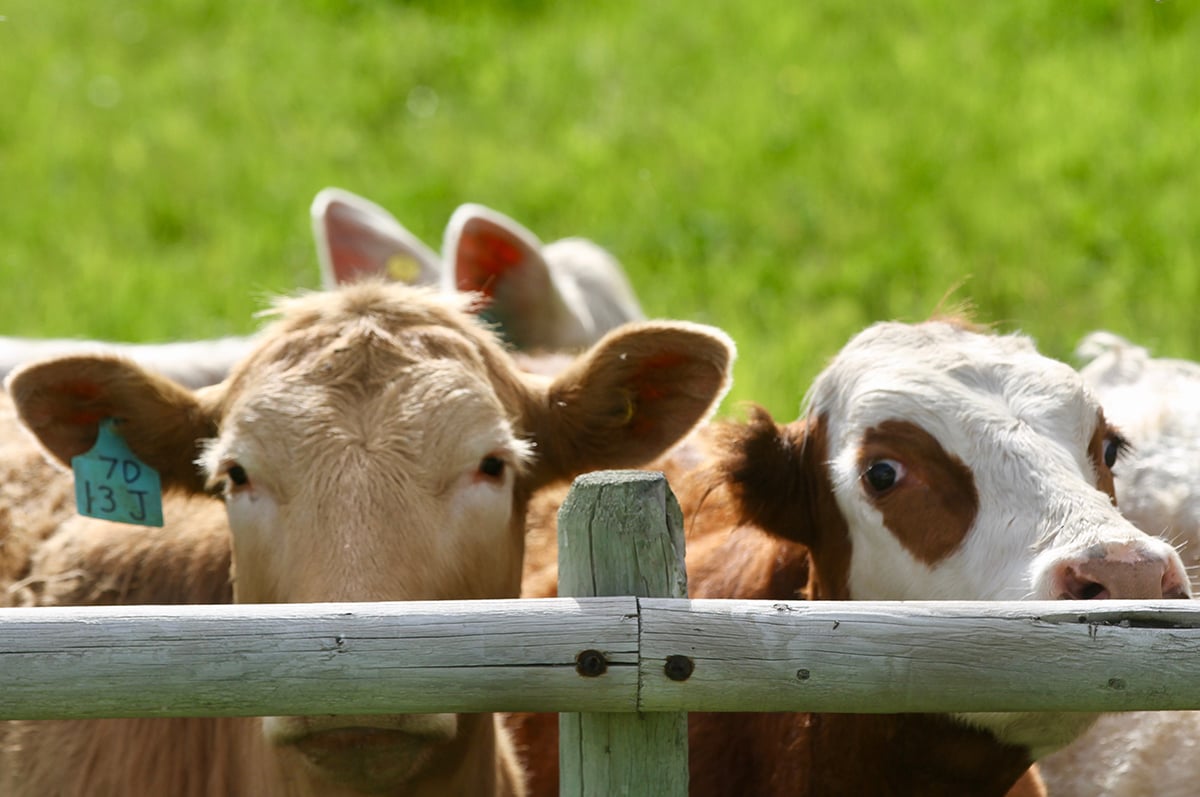
Feeder market consolidates at historic highs
For the week ending Sept. 6, Western Canadian feeder cattle markets were relatively unchanged compared to seven days earlier.
“In context, it is a dry part of the province but they have double to what they usually get. That gives me optimism because what we need to recover the rangelands from devastating fires is good moisture,” Grilz said. “The landscape is resilient and it will recover and that is why we have to put good management in place to have it recover as fast as possible,” he said.
Government staff is monitoring the rangelands using satellite imagery to analyze burn severity. Staff is also working with tenure holders to get a clear picture of range recovery rates and management for this year.
Ranchers were eligible for government assistance and may need to buy feed to support livestock until they can return to leases.
“They are going to have support through Agri-Recovery to feed their animals at home and keeping them off the crown range to allow and help for recovery,” he said.
This ministry is also responsible for replacing infrastructure like fences, as well as grass seeding and tree planting.
Work on crown-owned fences started even while fires continued to burn. Working with the B.C. Cattlemen’s Association, contracts were set up for reconstruction and ranchers were consulted on priorities.
Logging companies have been working on salvage operations and reforestation plans are also underway. Tree seedling orders were placed immediately last summer to get ready for reforestation but replanting will take place over several years.
“There isn’t enough seedlings for this beginning spring,” he said.
Grass seeding started in the fall to prevent soil erosion. More reseeding will start this spring.
Another concern is the potential spread of invasive plants and the impact it could have on the rangelands. Fire guards need to be reseeded as soon as possible to hold back the spread of invaders like orange and yellow hawkweed or knapweed.
Officials are now developing a plan and looking at existing and known invasive plant sites to help set priorities this spring for control efforts.
On a positive note last year’s fires could open up grazing land.
The Cariboo-Chilcotin used to be a more open landscape but with more settlement and development fires were controlled.
“This is part of the natural system and it will benefit from more open rangelands and it will benefit the ranchers in the long term,” he said.
The provincial government announced an independent review of the 2017 wildfire season with results expected before April 20.
The province also announced a major investment in reforestation on April 7.
More than $90 million was awarded to the Cariboo region to focus on forest enhancement and restoration of forests impacted in last year’s fires.
Other grants for recovery are as follows:
- $4.47 million to the Thompson-Okanagan
- $5 million to the South Coast
- nearly $3.4 million to the West Coast
- almost $1.7 million to the Skeena
- nearly $1.5 million to the Omineca
- $803,050 to the Northeast
- $2.1 million to Kootenay-Boundary
- More than $15 million to province-wide projects


